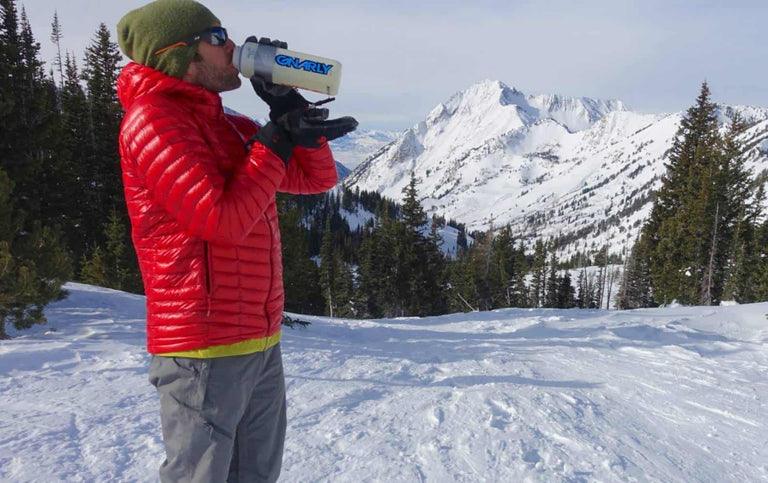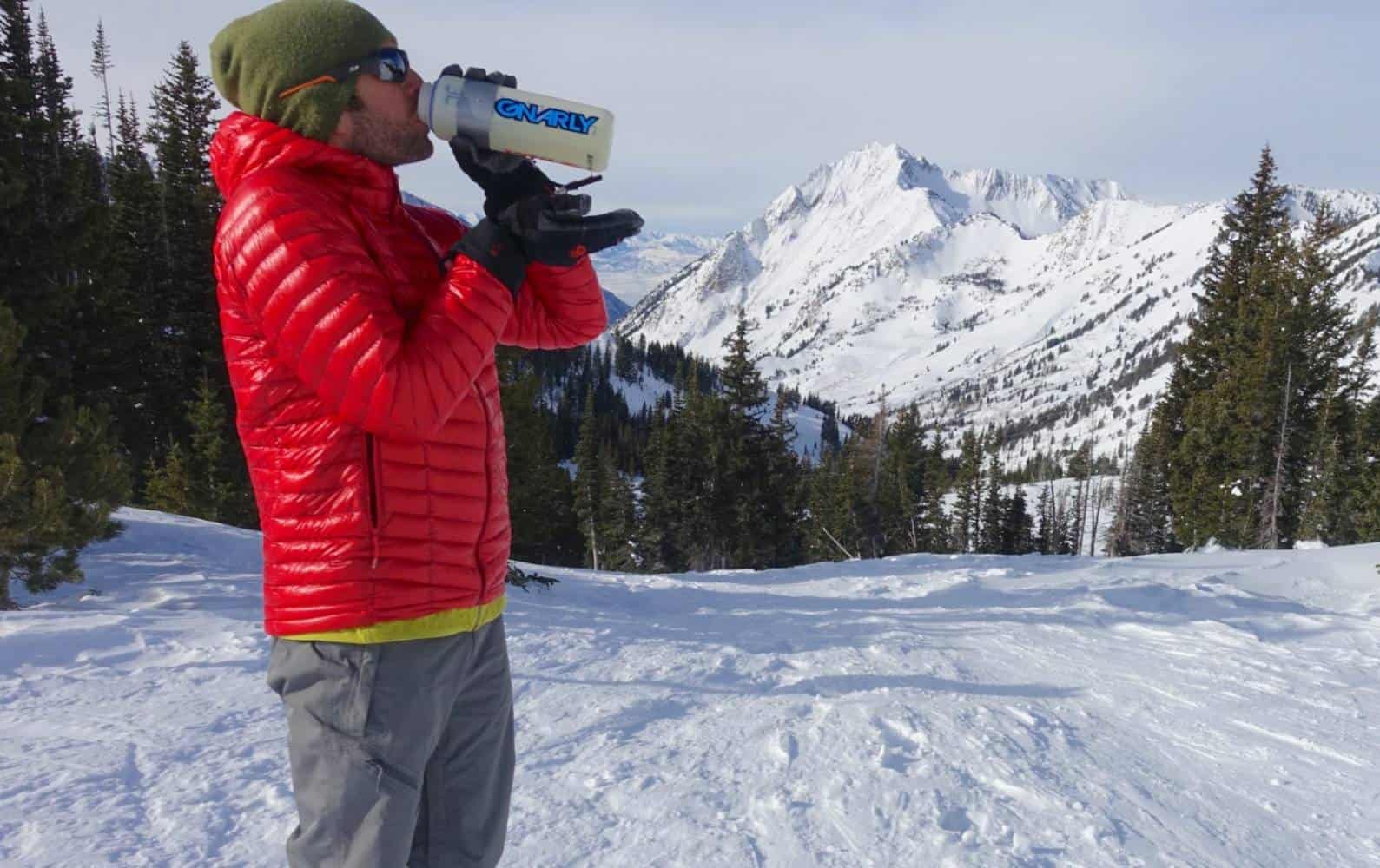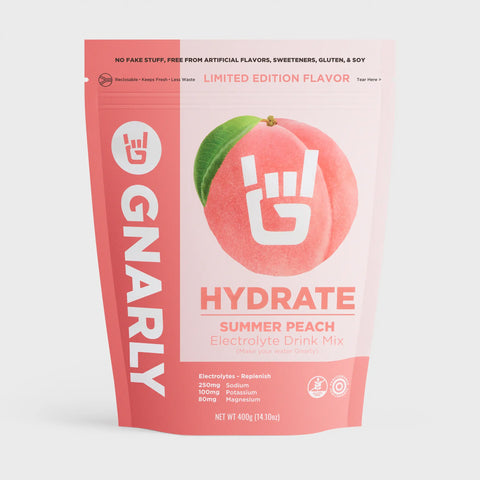Thirst is a basic instinct, so understanding it and hydration should be pretty simple, right? Fluids hydrate you, and when you lose too many fluids, your body tells you it’s thirsty to encourage you to take in more. And for years, this was the illustrative concept for hydration during sports: thirst only kicks in when you’ve already lost too many fluids, and thus you are better off drinking before you get thirsty.
In practice, this isn’t a bad maxim to follow—but that hasn’t stopped other sports scientists from challenging it in recent years in light of evidence that it’s not quite perfect. They argue instead that thirst is an adequate reflex for most athletes and situations, and that drinking according to your level of thirst will protect you from the most onerous effects of dehydration and preserve your performance.
So who’s right? The truth, as is so often the case, is more nuanced than either group would suggest.
What Is “Hydration”?
When most people talk about hydration, they’re only talking about water. Water is certainly important, and by far the most voluminous ingredient in the hydration recipe, but it’s not the only ingredient—and for athletes, focusing only on water is like trying to bake bread using only flour.
Equally important to an athlete are the osmolytes—in the athlete’s case, electrolytes like sodium, chloride, and to a lesser extent potassium, magnesium, and calcium. In this article, I use the word “osmolyte” instead of the more common “electrolyte” to better illustrate one of their most important purposes: helping regulate fluid balance through osmosis.
Without additional osmolytes (particularly sodium) in your water, what happens is this:
The water you drank is absorbed into the blood, diluting the concentration of osmolytes.
Sensing the lowered concentration of osmolytes in the blood, the body releases small amounts of sodium from the bones (where it stores excess sodium) and excretes excess water from the blood to the bladder (via the kidneys) in order to bring the concentration of osmolytes back to normal.
In the end, you lose liquid from the blood, shrinking total blood volume and inhibiting performance. Since concentration of fluid is normal, you may not feel thirsty, despite lowered fluid volume.
If you’re not exercising or sweating hard for some other reason, this system works flawlessly because your body can easily compensate for sodium losses with your sodium reserves. Blood volume stays high, you remain well-hydrated, and thirst works well to ensure adequate fluid repletion.
For athletes, though, the net impact of drinking just water is better than the alternative—shedding water from the cells to keep blood volume adequate—but far worse than the ideal. Drinking only water during a particularly intensive or hot exercise session won’t really work to maintain your hydration, it’ll just cause you to need to pee more because your body is attempting to maintain blood osmolality (osmolyte concentration) first and foremost, even if that means getting rid of precious water. And even worse, despite slowly becoming dehydrated, you might not feel “thirsty” until you reach a critical point when fluid simply cannot drop lower to compensate for decreasing osmolality!
Thus, while hydration is technically about keeping your fluid levels high, it’s equally important to keep your osmolytes high because they (again, mostly sodium) are ultimately what allows your body to keep its fluid levels high. In fact, athletes can even “trick” the body into greater-than-normal levels of hydration by ensuring blood sodium levels remain high, thereby forcing the blood pool to expand to dilute the concentration—though to make this work, you also have to adequate water lest the body pull the water from the cells instead!
What does this ultimately mean to the athlete? It means hydration isn’t really about fluids, it’s about the right fluids—fluids designed to keep your blood and cell volumes high (“hydrated”) while also maintaining “thirst” (because you’ll be keeping blood osmolality normal, and thus maintaining a high sensitivity to fluid loss).
How Can Drinking According to Thirst Go Wrong?
When hydration is viewed at from this perspective—not just a fluid intake problem, but a fluid-to-osmolyte concentration problem—then it’s easy to understand where drinking according to thirst can go wrong.
For example, and as already mentioned, when you only replace fluid and not sodium, then you dilute the concentration of sodium in the blood and cause your body to feel slaked. However, since your blood sodium has likely dipped, most of that extra fluid in the blood will be rapidly excreted in order to maintain a normal osmolality. You will slowly become dehydrated, but you won’t feel thirsty!
A second issue with drinking according to thirst is perception. Different people have different tolerances to discomfort, and while some will drink the moment their throat feels the slightest bit parched, others will wait until their thirst has hit a breaking point and they guzzle an entire liter at once. The maxim to drink according to thirst only works when you, yourself, are sensitive to discomfort and willing to accept that even a tickle on your tongue means you should get some fluid in you.
Of course, thirst won’t let you down so much that it’s likely you’ll suffer true harm—but when we’re talking about athletes, it’s not just physical harm we’re concerned with, but performance harm as well. In the case of the latter, relying on thirst can and will let you down.
Drink According to Thirst, But Be Sensitive (and Sensible)
I began this article with an apparent dichotomy in the sports nutrition world—whether you should drink ahead of your thirst, or according to your thirst. The reality is that this is a false dichotomy. Both are correct depending on how you frame it, and both are designed to keep you well-hydrated.
If you’re drinking only water, then your thirst reflex will be slow, and to remain hydrated you will need to drink ahead of the curve in order to maintain higher blood volumes. Osmolyte concentrations will be subdued, but provided you aren’t overdoing your water consumption (which could lead to hyponatremia—low blood sodium) you will maintain performance and be safe.
If you’re drinking an osmolyte-corrected beverage, like a sports drink or even just slightly salted water, then your thirst reflex will remain sensitive and drinking according to thirst will ensure you keep your blood volume high—that you will remain hydrated.
In the end, both maxims are about staying hydrated, and the most important take away is that hydration is really about fluid balance. Keeping your fluids high means keeping osmolytes high, and the safest way to ensure that goal is met is to drink them along with your water!





